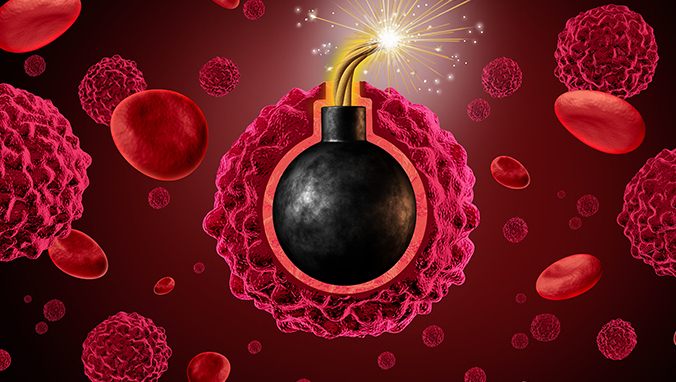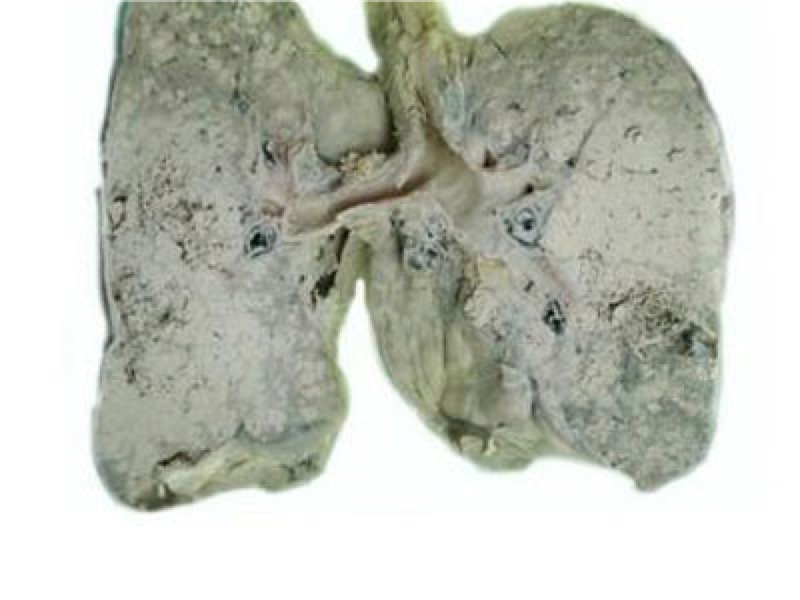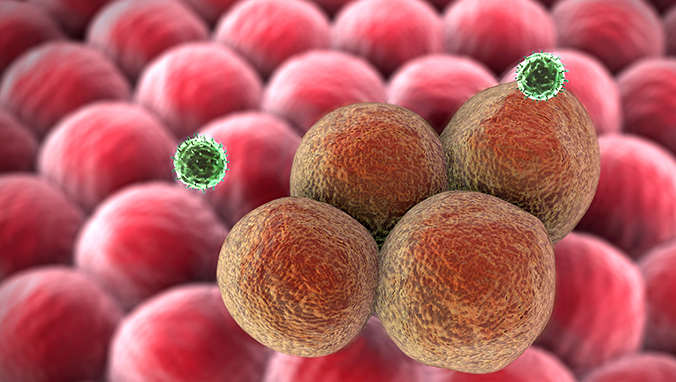What is Wilms tumor
What is Wilms tumor? Wilms tumor is the most common malignant tumor in the urinary system of children. Its incidence is second only to neuroblastoma, also known as nephroblastoma, nephroblastoma, and mixed renal tumor. . Although nephroblastoma is one of the more malignant tumor diseases, it is more common in children, but the sooner the treatment, the better the prognosis. After the diagnosis of the disease, no matter what period the disease has progressed, do not give up treatment, choose the appropriate therapy for treatment in time, and inhibit the progression of the disease is not a problem.

The exact cause of nephroblastoma It is not clear, it may be related to the loss or mutation of the WT-1 gene on chromosome 11 (located at 11p13), or it may be caused by the differentiation of the mesenchymal embryonic cells into the kidney tissue and continued proliferation. The disease also has a certain familial tendency, so some people think that the disease is also hereditary.
Most children with nephroblastoma are inadvertently found abdominal lumps, such as touching the lumps when bathing the child, changing clothes, or touching the abdomen of the child. Usually the surface of the mass is smooth and flat, hard texture, no tenderness, the mass is usually fixed. Some children have swollen abdomen or bilateral asymmetry. A small number of children have symptoms of digestive system diseases such as abdominal pain or nausea, vomiting, and loss of appetite. There are also a few children with hematuria, fever, and hypertension. In the late stage, children may appear pale, thin, and mentally depressed, and even have metastatic symptoms such as hemoptysis and headache. Children with 12%~15% will be associated with congenital malformations such as congenital iris choroidal defect, repetitive kidney, horseshoe kidney, polycystic kidney, ectopic kidney, visceral hypertrophy, umbilical bulge, giant tongue, Lean overweight. The clinical manifestations of adult nephroblastoma are similar to those of renal cell carcinoma patients, asymptomatic, hematuria, low back pain, abdominal mass, etc.
Children''s nephroblastoma is sensitive to radiotherapy and chemotherapy. Due to the comprehensive treatment, the cure rate of the children is higher, which is a model of successful treatment of malignant tumors. Before the 1950s, the only treatment for nephroblastoma was surgery, and the 5-year survival rate of children was about 20%. From the 1950s to the 1960s, surgery and radiotherapy were adopted, and the 5-year survival rate of the children reached 45%~50%. Since then, the model of surgery combined with radiotherapy and chemotherapy has achieved a 5-year survival rate of more than 85%. If postoperative radiotherapy should be performed as soon as possible. Commonly used chemotherapeutic drugs are actinomycin D (A), cyclophosphamide (C), doxorubicin (D), vincristine (V), etoplatin (E), sodium 2mercaptoethylsulfonate ( M). Commonly used programs are A+V program, A+V+D program, V+D+E+C+M program. Adult patients with early nephroblastoma are mainly treated by surgery, but the treatment effect of adult patients with advanced nephroblastoma is far less than that of children. Except for surgical treatment, no comprehensive treatment plan has been explored so far.
Related Articles

- Early symptoms of lung cancer
- 2020-12-17

- Early Signs of Bladder Cancer
- What are the early symptoms of bladder cancer?
- 2020-12-17

- Is metastatic carcinoma easy to metastasize
- Once the cancer has metastasized, it will be very difficult to cure, because many people have lost their lives because of the emergence of cancer, so most people think that cancer is an un
- 2020-08-02

- What does microinfiltrating adenocarcinoma mean?
- Microinfiltrating adenocarcinoma is a type of lung cancer. The reason why it is called microinfiltration means that there is less infiltration around it, which means that it is in the early
- 2020-08-01

- How long can non-small cell adenocarcinoma live
- Adenocarcinoma is one of the most common malignant tumors in the world. Non-small cell adenocarcinoma accounts for about 80% of all adenocarcinomas. About 75% of patients are in the middle
- 2020-08-01

- Hand cancer
- Finger cancer generally refers to the appearance of skin cancer, which is characterized by local cauliflower-like skin and easy bleeding. Finger skin cancer is mostly a malignant tumor that
- 2020-08-01
